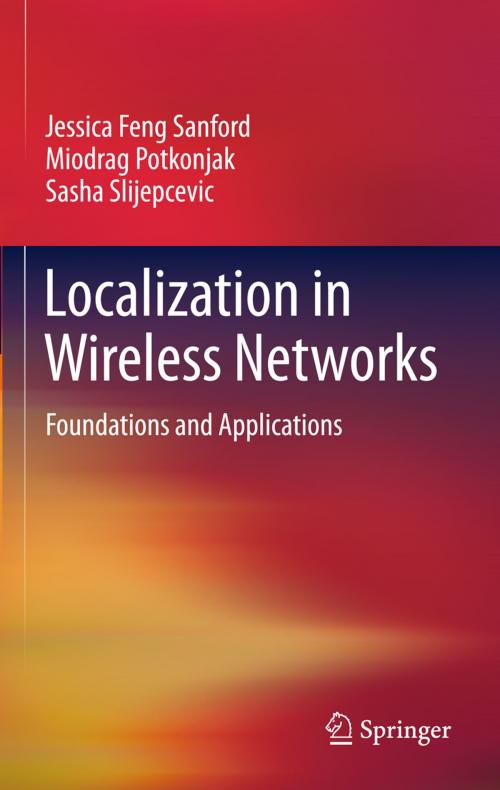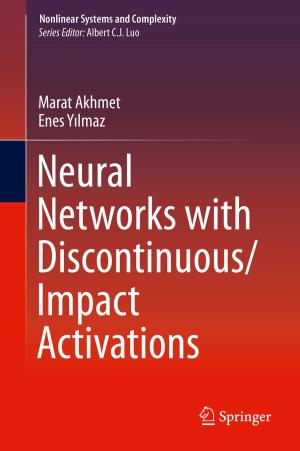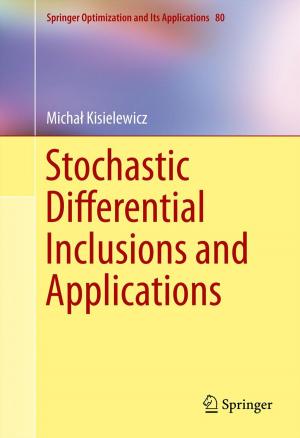Localization in Wireless Networks
Foundations and Applications
Nonfiction, Science & Nature, Technology, Electronics, Computers, Internet| Author: | Jessica Feng Sanford, Miodrag Potkonjak, Sasha Slijepcevic | ISBN: | 9781461418399 |
| Publisher: | Springer New York | Publication: | May 3, 2012 |
| Imprint: | Springer | Language: | English |
| Author: | Jessica Feng Sanford, Miodrag Potkonjak, Sasha Slijepcevic |
| ISBN: | 9781461418399 |
| Publisher: | Springer New York |
| Publication: | May 3, 2012 |
| Imprint: | Springer |
| Language: | English |
In a computational tour-de-force, this volume wipes away a host of problems related to location discovery in wireless ad-hoc sensor networks. WASNs have recognized potential in many applications that are location-dependent, yet are heavily constrained by factors such as cost and energy consumption. Their “ad-hoc” nature, with direct rather than mediated connections between a network of wireless devices, adds another layer of difficulty.
Basing this work entirely on data-driven, coordinated algorithms, the author’s aim is to present location discovery techniques that are highly accurate—and which fit user criteria. The research deploys nonparametric statistical methods and relies on the concept of joint probability to construct error (including location error) models and environmental field models. It also addresses system issues such as the broadcast and scheduling of the beacon. Reporting an impressive accuracy gain of almost 17 percent, and organized in a clear, sequential manner, this book represents a stride forward in wireless localization.
In a computational tour-de-force, this volume wipes away a host of problems related to location discovery in wireless ad-hoc sensor networks. WASNs have recognized potential in many applications that are location-dependent, yet are heavily constrained by factors such as cost and energy consumption. Their “ad-hoc” nature, with direct rather than mediated connections between a network of wireless devices, adds another layer of difficulty.
Basing this work entirely on data-driven, coordinated algorithms, the author’s aim is to present location discovery techniques that are highly accurate—and which fit user criteria. The research deploys nonparametric statistical methods and relies on the concept of joint probability to construct error (including location error) models and environmental field models. It also addresses system issues such as the broadcast and scheduling of the beacon. Reporting an impressive accuracy gain of almost 17 percent, and organized in a clear, sequential manner, this book represents a stride forward in wireless localization.















